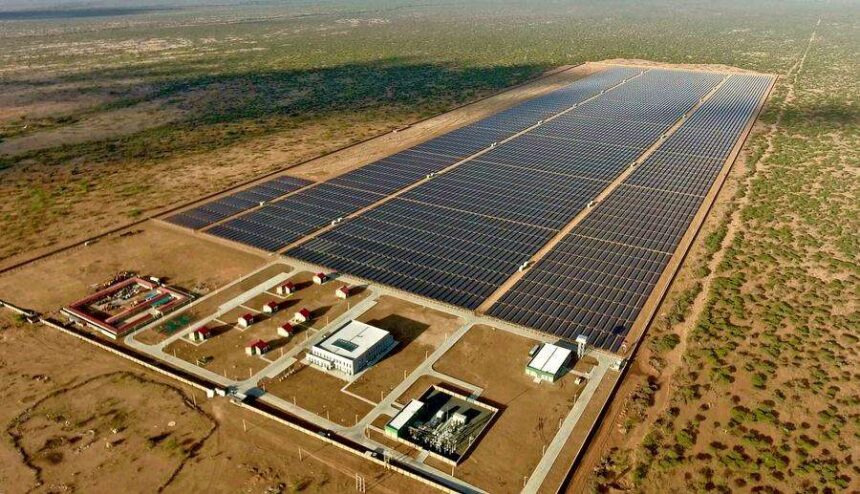China’s green energy projects in Africa are transforming the landscape of renewable energy and fostering a new model of cooperation between developing nations. As the world grapples with climate change, the collaboration between China and African countries is emerging as a vital force for sustainable development.
One of the key benefits of China’s investments in Africa is the transfer of technology. Chinese companies are not just providing renewable energy equipment; they are also sharing knowledge and expertise. For instance, projects like solar panel installations and wind farms come with training programs that help local technicians acquire essential skills. This technology transfer empowers African nations to develop their own sustainable energy solutions and reduces reliance on foreign aid.
The economic impact of these green energy projects is significant. By investing in renewable energy, China is helping to create jobs in local communities. For example, the construction and maintenance of solar farms generate employment opportunities for skilled workers and laborers alike. According to reports, initiatives supported by China could create over a million jobs across Africa, contributing to economic stability and growth.
China-Africa cooperation serves as a model for other developing regions looking to enhance their energy sectors. The success of these partnerships highlights the potential for shared growth among countries in the Global South. By collaborating on renewable energy projects, nations can leverage each other’s strengths and resources to achieve common goals, such as reducing carbon emissions and increasing energy access.
The environmental benefits of these green energy initiatives cannot be overstated. By investing in renewable technologies, China is helping African countries transition away from fossil fuels, which are major contributors to climate change.
HAVE YOU READ? EIB & DBSA Boost South Africa’s Climate Goals with €600M Funding
Projects like the Garissa Solar Power Plant in Kenya exemplify how solar energy can provide clean power while reducing greenhouse gas emissions. This shift aligns with global sustainability goals and demonstrates a commitment to protecting the environment.
Despite the positive aspects, there are challenges associated with China’s investments in Africa. Critics have raised concerns about debt sustainability, as some countries may struggle to repay loans for large infrastructure projects. Additionally, there are worries about labor practices and environmental impacts related to certain projects. Addressing these challenges is crucial for ensuring that the benefits of cooperation are maximized while minimizing potential drawbacks.
Looking ahead, the future of China-Africa green energy cooperation appears promising. With initiatives like the African Solar Belt Program, which aims to provide solar home systems to 50,000 households, there is potential for a significant expansion in renewable energy access. As both regions focus on sustainable development, collaboration will be key to overcoming obstacles and achieving shared goals.
In conclusion, China’s investments in green energy projects across Africa are redefining South-South cooperation by empowering local economies, fostering technological advancements, and promoting environmental sustainability. As these partnerships continue to evolve, they offer valuable lessons for other developing regions seeking to navigate the challenges of climate change and energy access. With continued collaboration and innovation, China and Africa can pave the way toward a cleaner, more sustainable future for all.




